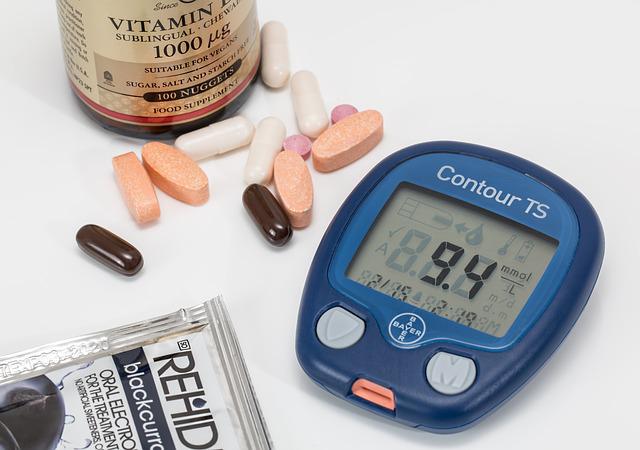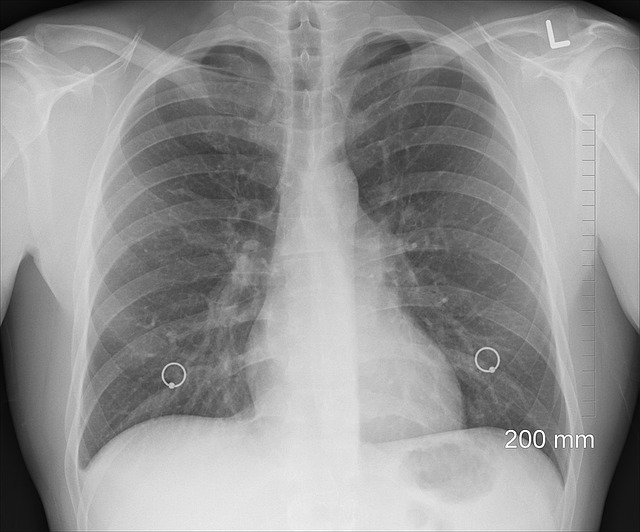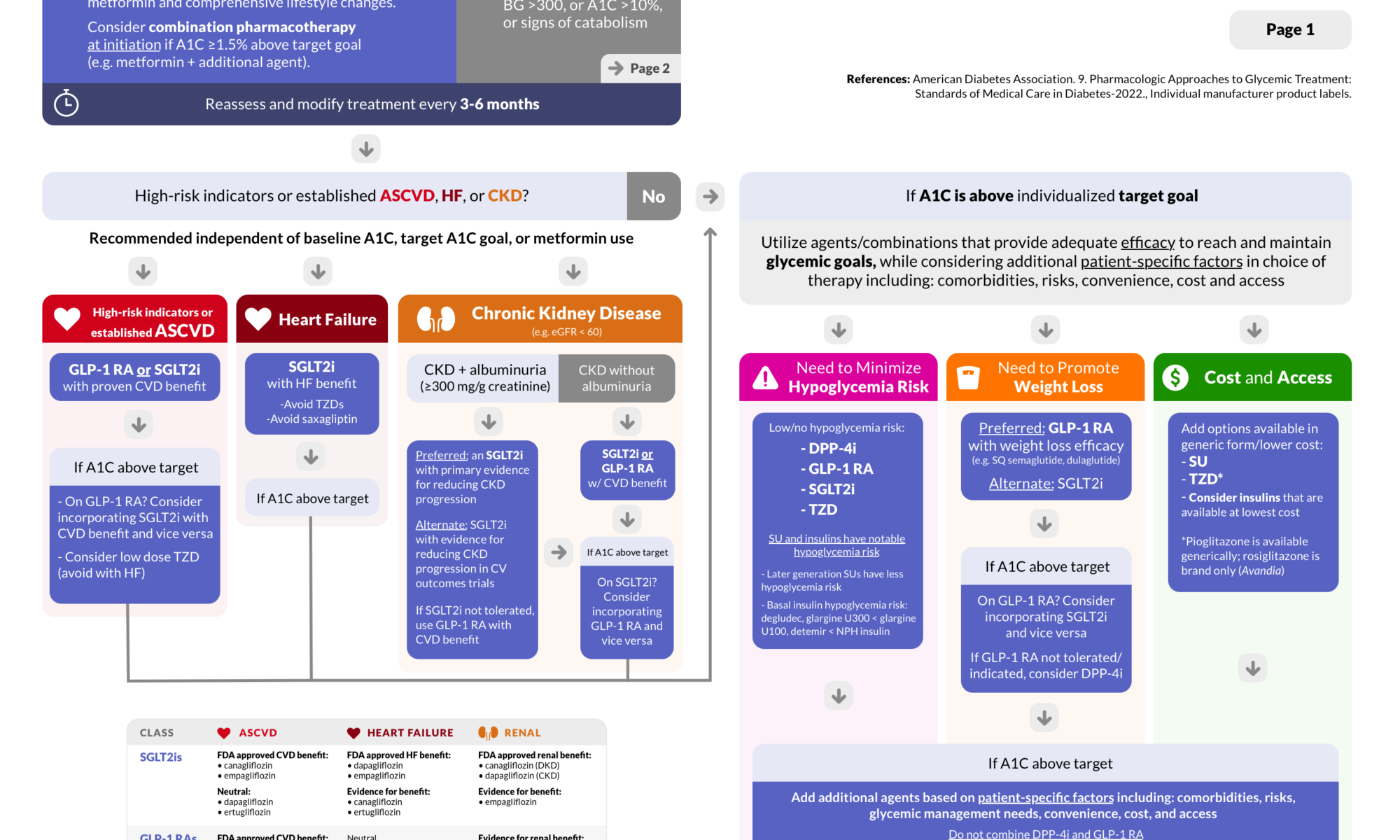Podcast: Play in new window | Download (Duration: 13:46 — 6.3MB) | Embed
Canagliflozin is an SGLT2 inhibitor. I discuss the pharmacology, dosing, adverse effects, and drug interactions of this medication.
Canagliflozin reduces blood sugar, by facilitating its exit through the urine. This can increase the risk of genitourinary infections.
A diuresis type effect can happen due to canagliflozin and this effect may be exacerbated by the use of thiazide and loop diuretics.
Hyperkalemia has been reported with the use of canagliflozin; the risk for this is increased with the use of medications like ACE inhibitors, ARBs, and aldosterone antagonists.
Be sure to check out our free Top 200 study guide – a 31 page PDF that is yours for FREE!
Support The Podcast and Check Out These Amazing Resources!
Meded101 Guide to Nursing Pharmacology (Amazon Highly Rated)
Guide to Drug Food Interactions (Amazon Best Seller)










